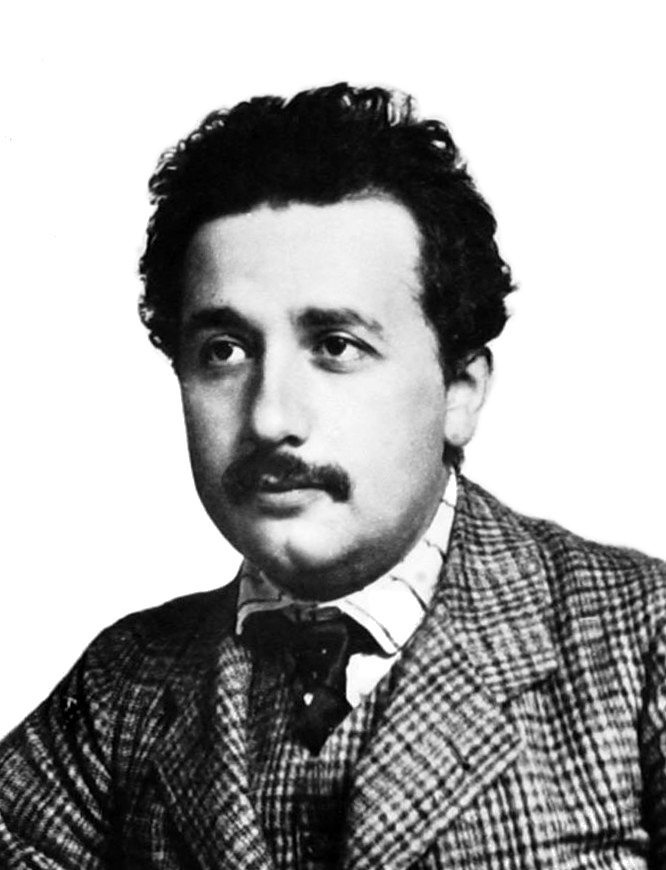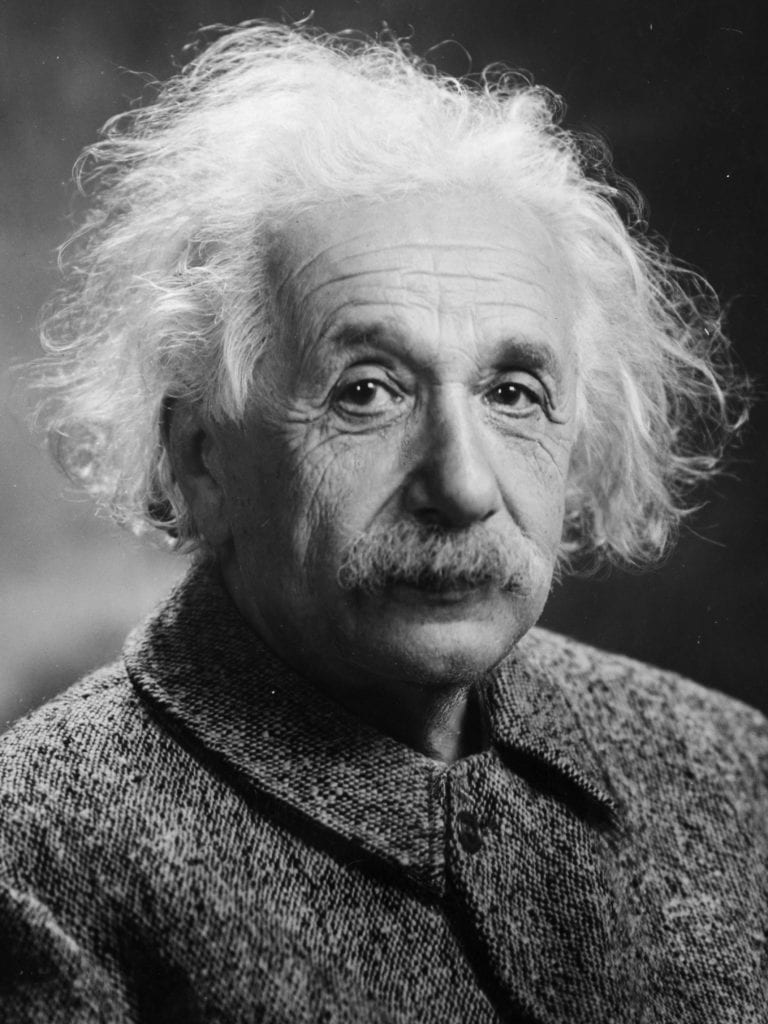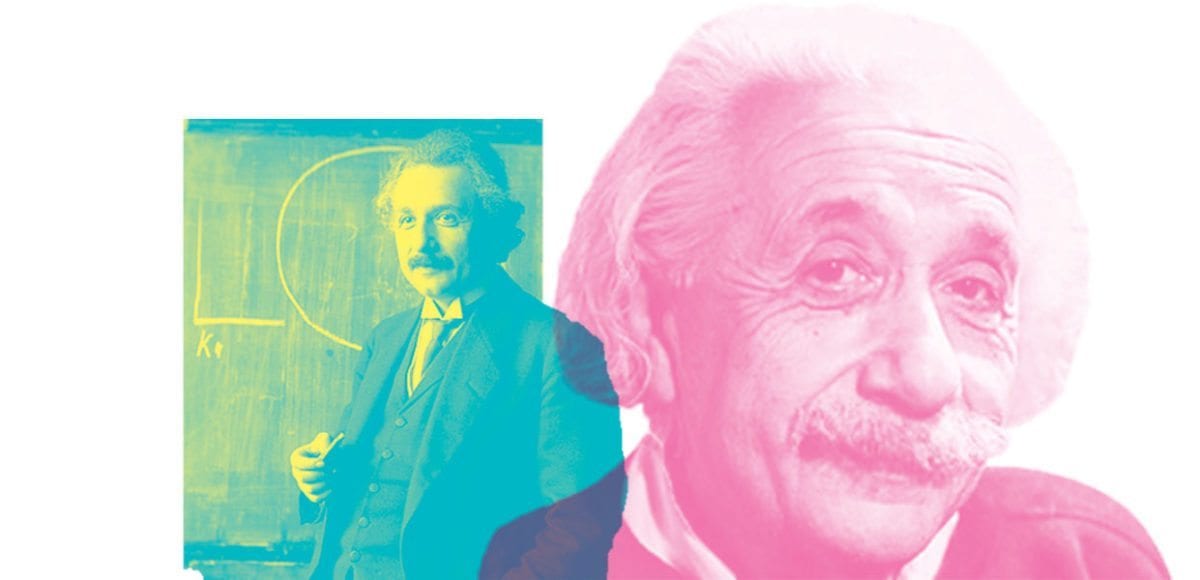Albert Einstein: The Early Years
Albert Einstein passed away over half a century ago. However, he’s still one of the most highly regarded and celebrated scientists of the 20th century. He’s most famous for developing the theory of relativity; one of the two pillars of modern physics. He’s also responsible for developing what has become known as the world’s most famous equation. This is his mass-energy equivalence formula, E = mc2. In his lifetime, he published over 300 scientific papers and received the Nobel Prize in Physics. He also had an appreciation for a fine timepiece.
Einstein was born in Germany, remaining there during his formative years. At the young age of eight, his parents and teachers began to take note of his natural intellect. They transferred him to an advanced school called the Luitpold Gymnasium. Eventually, the school was renamed in his honor to the Albert Einstein Gymnasium.

At the age of sixteen, Einstein took the entrance exams for the Swiss Federal Polytechnic University in Zurich. Although he failed to reach the required standard in the general portion of the exam, he excelled in the science and math portions. As a result, the head of the university suggested he complete his final two years of school at another specialized school in Switzerland before continuing onto university. Einstein persisted and was able to graduate a year early, at age seventeen, and went on to complete his degree in Math and Physics.
Receiving his PhD
After receiving his diploma, Einstein struggled to find a teaching post. Instead, he ended up working at the Federal Office for Intellectual Property, evaluating patents. Still, he continued his own work on the side and with the help of peer groups who met to discuss science and philosophy. By age 26, he’d completed a thesis titled, “A New Determination of Molecular Dimensions,” which first introduced his theory of relativity. As a result, the University of Zurich awarded him a PhD.
His Teaching Career
By age 29, Einstein’s work had finally paid off, and he received as job as a lecturer at the University of Bern. Just two years later, he started an associate professor role. Two years after that, he became a full-time professor at the Charles-Ferdinand University in Prague.

As he continued to establish his career, he spent the next couple decades traveling around the world to teach and collaborate. During one of his trips, he procured his now-famous wristwatch. While traveling to Los Angeles to teach at Caltech, he replaced his Patek Philippe pocket watch with a Longines wristwatch. Einstein had the gold pocket watch since he was in his mid-30’s, and by the time he reached his 50’s, it was time for a change. The yellow gold, tonneau-shaped Longines was likely given to him as a gift for his service. It had his name as well as the location and date inscribed on it.
WWII and Later
Soon after, the onset of WWII and the looming threat of Nazi infiltration throughout Europe spurred the Jewish scientist to seek refuge in the United States. He relocated to the U.S. in 1933 at the age of 54. Afterwards, he learned that Nazi forces burned many of his works. They also placed a bounty on him and other Jewish scientists that were still at large. Einstein couldn’t sit quietly as other Jewish scientists who remained in Europe were still in danger. He went to England and met with Winston Churchill. Churchill immediately offered to send a team to Germany to recruit Jewish scientists to British universities. With his success in England, Einstein approached leaders of other nations to do the same, ultimately saving thousands.
Einstein eventually made a home for himself in the United States. He taught at the Institute for Advanced Study in Princeton, New Jersey, receiving his official citizenship at the age of 61. He passed away fifteen years later at the age of 76 in Princeton. During his autopsy, the pathologist removed Einstein’s brain without the permission of his family. To this day, it remains at the Princeton University Medical Center.
Check out more Profiles in Time like Winston Churchill
Get More Articles Like This in Your Inbox
We're constantly creating great content like this. So, why not get it delivered directly to your inbox? By subscribing you agree to our Privacy Policy but you can unsubscribe at any time.






